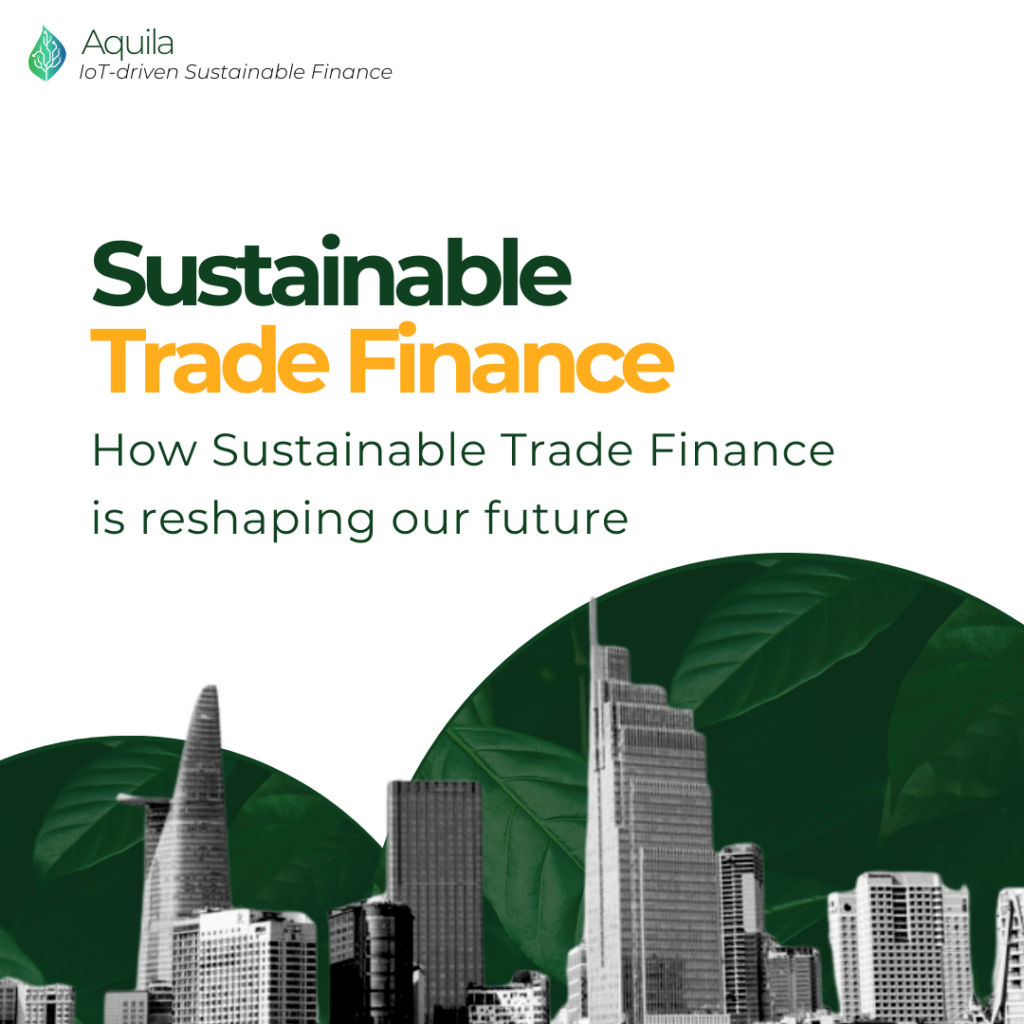In an era where global trade is the backbone of economies, accounting for approximately 25% of the global GDP, its environmental impact is undeniable. With international trade being responsible for 20% to 30% of global greenhouse gas (GHG) emissions and 80% to 90% of these activities reliant on trade finance, the role of sustainable trade finance becomes pivotal. This concept bridges the gap between economic growth and environmental stewardship, offering a promising avenue for financial institutions (FIs) to drive positive change.

The path to integrating sustainability into trade finance is paved with global standards and collaborative initiatives. The United Nations Environment Programme (UNEP) Finance Initiative and the International Chamber of Commerce (ICC) have been instrumental in this regard. UNEP focuses on the harmonization of global standards and benchmarks, while the ICC has set forth principles and guidelines to evaluate sustainable trade finance practices. These efforts underline the growing consensus on the necessity of sustainable practices in the financial sector.
The ICC’s Global Survey 2020 reveals a significant shift towards sustainability, with 76% of banks incorporating environmental, social, and governance (ESG) considerations into their risk management frameworks. This not only marks a paradigm shift in operational ethos but also highlights the sector’s commitment to a sustainable future.
Singapore stands out as a beacon of sustainable trade finance, exemplified by its Green & Sustainable Trade Finance and Working Capital (GTF) Framework. Launched in 2021, the framework has guided banks and non-bank financial institutions in evaluating green trade finance transactions. The successful execution of four pilot projects under this framework, alongside the SG TradeX’s data exchange platform for green transactions, showcases Singapore’s leadership in fostering sustainable trade finance.
Vietnam’s trade finance landscape presents a mix of challenges and opportunities for sustainability. With a $150 billion bank-intermediated trade finance market, the dominance of the top banks in this sector is clear. However, a focus on emission-intensive industries highlights the urgent need for a sustainable shift. The WTO’s 2023 report points to a significant data gap, with only 29% of banks financing climate-related activities. This gap underscores the potential for growth in Vietnam’s sustainable trade finance, demonstrated by recent agreements like Standard Chartered & BIDV’s $100m framework and HSBC & DOHACO’s green finance initiative.
The road to fully integrating sustainability into trade finance is lined with opportunities for innovation and collaboration. Key areas for development include:
– Digitalization: Leveraging technology to fill data gaps, enhance transparency, and streamline processes.
– Standardization: Establishing clear criteria for assessing the sustainability of trade transactions.
– ESG Integration: Embedding ESG considerations into trade financing decisions to foster a uniform approach.
– Capacity Building: Enhancing knowledge and skills through workshops, training, and industry dialogues.
– Policy Advocacy: Creating conducive policies for sustainable trade practices through active dialogue and advocacy.
– Partnerships: Fostering collaborations among financial institutions to amplify the impact of sustainable practices.
As we stand at the crossroads of economic growth and environmental conservation, sustainable trade finance offers a path forward that reconciles both. By embracing digital innovation, standardization, and collaborative efforts, the finance industry can lead the charge towards a more sustainable and equitable global trade ecosystem. The journey is complex and filled with challenges, but the potential rewards for our planet and future generations are immeasurable.